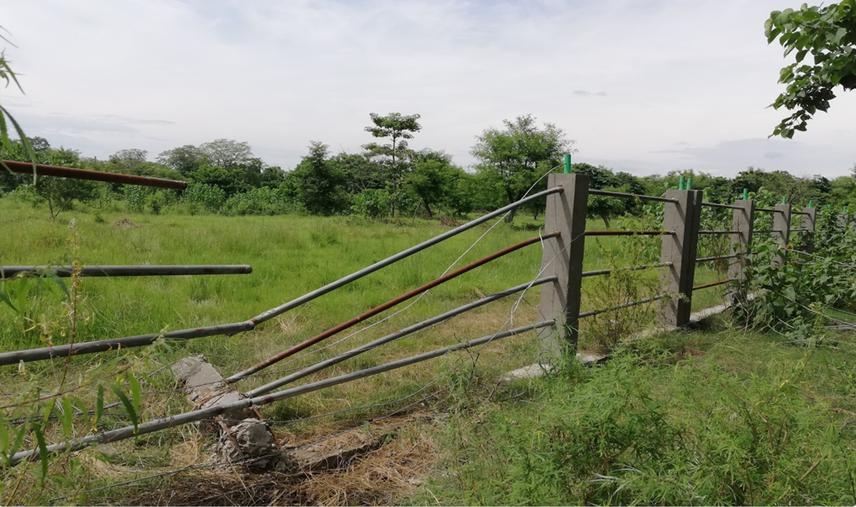Prasun Ghimire
Due to the rise in population of mega species like Elephant, Tiger, Rhino and Leopard in the Bardiya National Park and adjoining buffer zone the cases of Human Wildlife Conflict has increased. This has created pressure in concerned park authorities to provide safety to both humans and wildlife. We aim to produce conflict hotspots (risk maps) by gathering detail information on spatial and temporal pattern of human-wildlife conflict, which would help authorities and local communities in prioritizing conflict mitigation measures in a right place.

Failure of Human Wildlife Conflict in buffer zone area.
Nepal, despite being a developing country, the achievement it has made in the field of biodiversity conservation is praise worthy. Nepal has already celebrated 1000 Days of zero poaching of rhino. Population of mega species like Tiger, Elephant, Rhino and Leopard is increasing. The increase in wildlife population has been possible with the dedicated work by all the stakeholders connected directly or indirectly to biodiversity conservation. This success on other hand has invited many challenges for the concerned authorities. Due to the increase in the increase in the population of wildlife in the park region the number of Human Wildlife Conflict (HWC) has increased excessively. Bardiya National Park (BNP) being the largest national park in the terai region of Nepal serves as home for very high density of wildlife. Increase in the population of the wildlife has escalated HWC here as well. The cases have exponentially increased in last few years creating problems for both humans and wildlife. The risk hovers above both the heads of wildlife and humans if no firm steps are taken to mitigate HWC.
In this project, we will conduct a detailed study on spatial and temporal patterns of human-wildlife conflict, and causes and correlates of such conflicts. Here conflict means human causality by wildlife, livestock depredation, and crop raiding. We will analyse the monthly patterns of conflict occurrence in 10 human settlements bordered with park boundary and in buffer zone and corridor area. This information will allow us to understand the social and ecological underpinnings of the increased HWC in the study area. This understanding in turn will improve our ability to better information management recommendations. Particularly, we will use our research findings to develop conflict mitigation recommendation and solutions in collaboration with the local communities and park authority. In addition, we will develop conflict hotspots (risk) maps which depict the spatial patterns of risk of damage by tiger, leopard, elephant and rhino. Furthermore we will conduct a series of community awareness campaigns for locals on wildlife conservation in general and ways of using conflict risk maps in particular, which will help build positive attitude towards conservation and reduce incidents of HWC respectively.